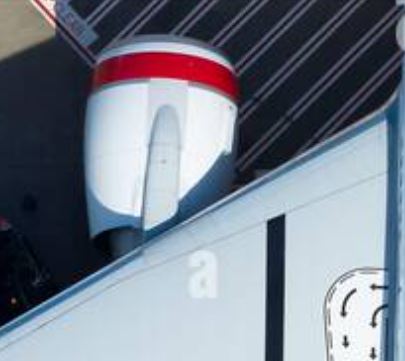Why is there such a small Krueger flap just inboard of the engine pylon on the Boeing 777-300, when the rest of the wing (including the further-inboard section of the wing) has leading edge slats?
I don't see an equivalent Krueger flap outboard of the pylon, unless there is one but can't be seen in this video There isn't a Krueger flap outboard of the pylon, according to this image from Wikipedia.
Refer to this video (flap extension beginning at 2:35).




